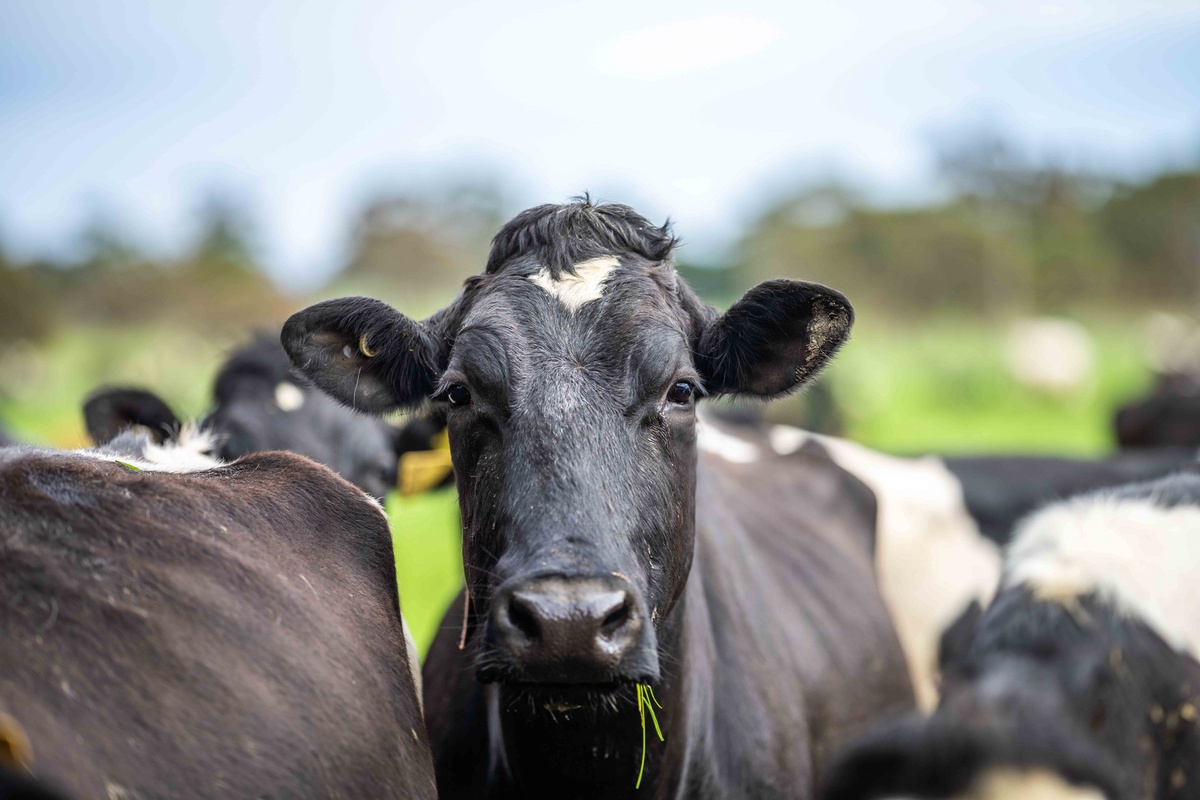In the quest for sustainable and eco-friendly agricultural practices, one innovative solution has emerged, promising to revolutionize cattle farming: Asparagopsis cattle feed. As concerns about the environmental impact of traditional livestock practices continue to grow, researchers and farmers alike are turning to this seaweed as a potential game-changer in greening the pasture. This article delves into the benefits of incorporating Asparagopsis into cattle feed, exploring how this simple addition could contribute to a more sustainable and environmentally conscious future for the livestock industry.
1) The Environmental Challenge:
Livestock farming, particularly cattle ranching, has long been associated with environmental challenges, most notably the production of methane gas during digestion. Methane is a potent greenhouse gas that significantly contributes to climate change. The need for sustainable solutions in agriculture is now more pressing than ever, and Asparagopsis offers a glimmer of hope in mitigating the environmental impact of cattle farming.
2) Asparagopsis and Methane Reduction:
The key to Asparagopsis' potential lies in its ability to reduce methane emissions from cattle. When incorporated into their diet, this red seaweed disrupts the methane production process within the digestive system of ruminant animals. Methane is a natural byproduct of the fermentation that occurs during digestion, particularly in the stomachs of cattle. Asparagopsis contains compounds that inhibit the microbes responsible for methane production, offering a promising solution to one of the most significant environmental challenges posed by livestock farming.
3) Promoting Sustainable Practices:
Beyond its methane-reducing capabilities, Asparagopsis also aligns with the broader movement towards sustainable agricultural practices. Consumers are increasingly mindful of the environmental impact of their food choices, leading to a growing demand for sustainably sourced and produced goods. By incorporating Asparagopsis into cattle feed, farmers not only address environmental concerns but also position themselves as contributors to a more sustainable and responsible agricultural industry.
4) Nutritional Benefits for Cattle:
Apart from its environmental advantages, Asparagopsis provides essential nutrients that contribute to the overall health and well-being of cattle. Rich in vitamins, minerals, and amino acids, this seaweed can enhance the nutritional profile of the animals' diet. As farmers explore ways to balance sustainable practices with the health of their livestock, Asparagopsis emerges as a holistic solution that benefits both the environment and the animals themselves.
5) Challenges and Research Developments:
While the potential benefits of Asparagopsis are exciting, challenges remain. Issues such as scalability, cost-effectiveness, and potential impacts on overall nutrition require careful consideration. Ongoing research and development efforts are essential to address these challenges and optimize the use of Asparagopsis in cattle feed. Collaborations between scientists, farmers, and industry stakeholders are crucial to navigating these complexities and ensuring a successful integration of this innovative solution.
6) Case Studies and Real-world Applications:
Several case studies and pilot projects have provided valuable insights into the practical application of Asparagopsis in cattle farming. These real-world examples showcase successful attempts to reduce methane emissions and improve the overall sustainability of livestock operations. Examining these cases offers a glimpse into the potential impact of Asparagopsis on diverse farming practices and encourages broader adoption within the industry.
7) Future Implications:
Asparagopsis as cattle feed represents a significant step towards greening the pasture and creating a more sustainable future for livestock farming. The potential to reduce methane emissions, enhance nutritional content, and align with consumer demands for environmentally friendly practices positions Asparagopsis as a frontrunner in the evolution of cattle feed. The ongoing development and adoption of this seaweed present a promising outlook for a more sustainable, responsible, and eco-friendly livestock industry.
The Final Words:
In the pursuit of sustainable agriculture, Asparagopsis emerges as a beacon of hope for greening the pasture and reducing the environmental impact of cattle farming. Its ability to address methane emissions, coupled with the nutritional benefits for cattle, positions Asparagopsis as a multifaceted solution for farmers seeking to embrace more sustainable practices. While challenges persist, ongoing research and real-world applications demonstrate the promise of this seaweed in revolutionizing the way we feed and raise cattle. As the agricultural industry continues to evolve, Asparagopsis stands as a testament to the potential for innovation to shape a more sustainable and environmentally conscious future for livestock farming.


No comments yet